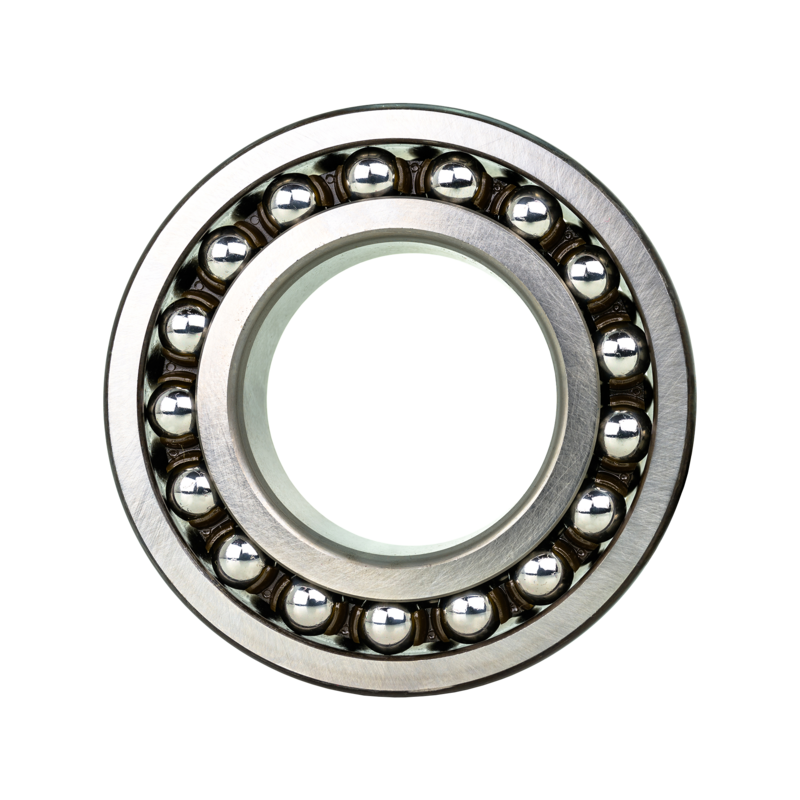Need Support?
Please provide your question. We’ll find you with the best support options.
Table of content
What are ball bearings made of? Ball bearing material features: Basically, ball bearing material features are made of steel balls, races, and a cage. With these three segments, ball bearings can reduce vibrate resistance while supporting a load.
A ball bearing consists of two races (inner and outer) and a set of balls. Both races have grooves that hold the steel balls in place, and the balls make contact with each race at a single point. The inner race is located inside, while the outer race is on the outside, with the balls sitting between them. These races rotate in opposite directions to keep the bearing moving smoothly and maintain rotation.
Ball bearings are typically made from a type of steel called carbon chromium steel, commonly known as chrome steel. Other materials like stainless steel, ceramics, and plastic can also be used, each offering different characteristics and benefits.
Chrome steel is commonly used but can corrode when exposed to moisture in the air, which can negatively affect the bearing's ability to rotate smoothly. Each part of a ball bearing—inner race, outer race, balls, and cage—serves a unique purpose and is made from materials suited to specific conditions.
Stainless steel bearings are a great choice when other materials might struggle, especially in harsh conditions. They offer better resistance to chemicals and corrosion, as well as improved stability in high-temperature environments. Just like standard deep groove ball bearings made from carbon chromium steel, stainless steel bearings feature deep raceway grooves and a close fit between the raceways and balls, ensuring smooth performance.

Chrome steel is the most common material used to produce the load carrying components in precision ball bearings, and it offers a cost-effective alternative to stainless steel. While less resistant to corrosion, chrome steel is durable and still resistant to corrosive factors in certain environments.
Ceramic ball bearings are made entirely from ceramic materials, such as Silicon Nitride (Si3N4) or Zirconium Oxide (ZrO2). Unlike steel bearings, they offer higher hardness and better elasticity. One of their standout features is that they can run without lubrication, making them ideal for environments where other bearings might fail. Ceramic bearings are highly resistant to corrosion, even in harsh conditions like concentrated acids or seawater. Additionally, they handle temperature fluctuations better, and their lifespan is significantly longer than that of steel bearings.
 To see further detail please refer to
To see further detail please refer to
Discover more about the features and applications of various bearings.
Click here to explore more articles and find the perfect bearing for your project.
Needle Bearings (Roller Bearings) are a type of bearing that performs exceptionally well at high speeds. Their rollers are precisely guided by specially shaped, high-rigidity cages with minimal dimensional error. Despite their small cross-section, needle bearings...
How Do Ball Bearings Work? Bearings are often small and unassuming components in a product, yet they are crucial for its proper functioning. Without bearings, many products would fail to operate effectively. But do you know how ball bearings...
Please provide your question. We’ll find you with the best support options.